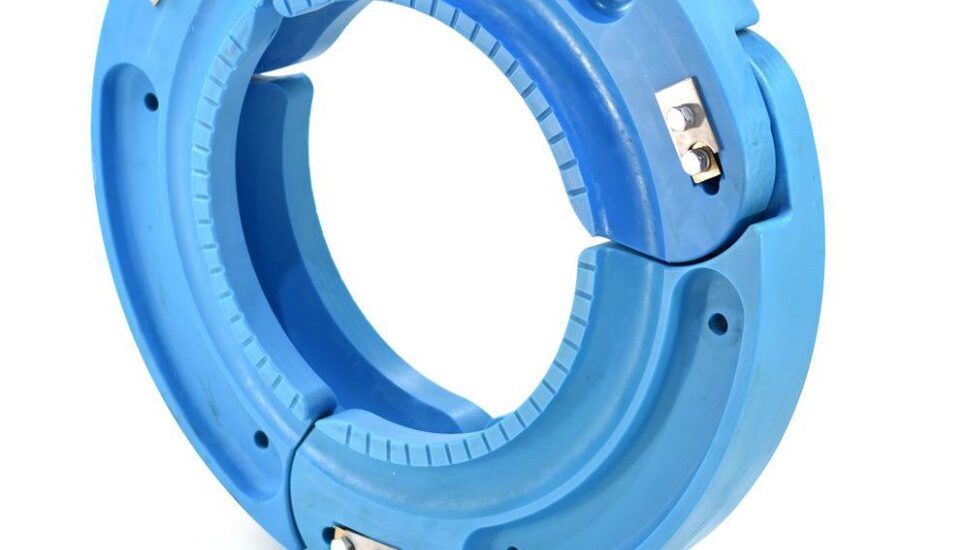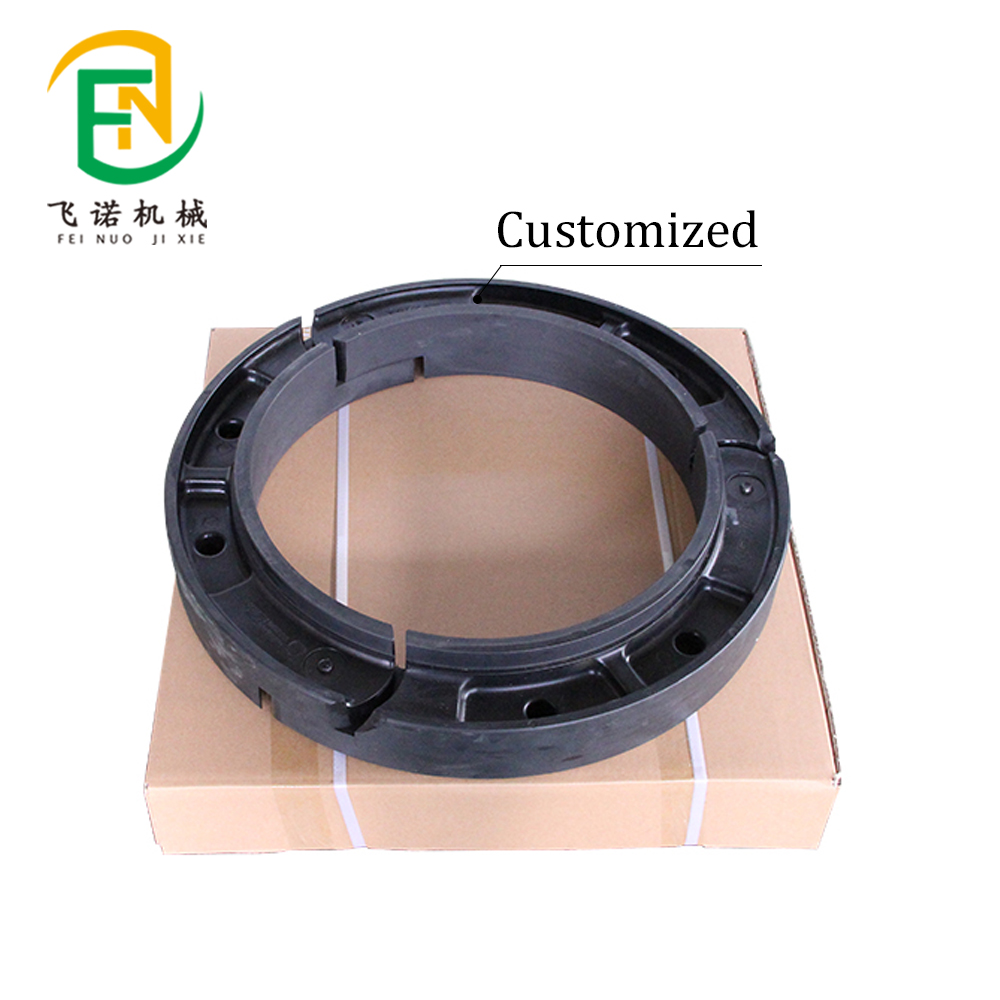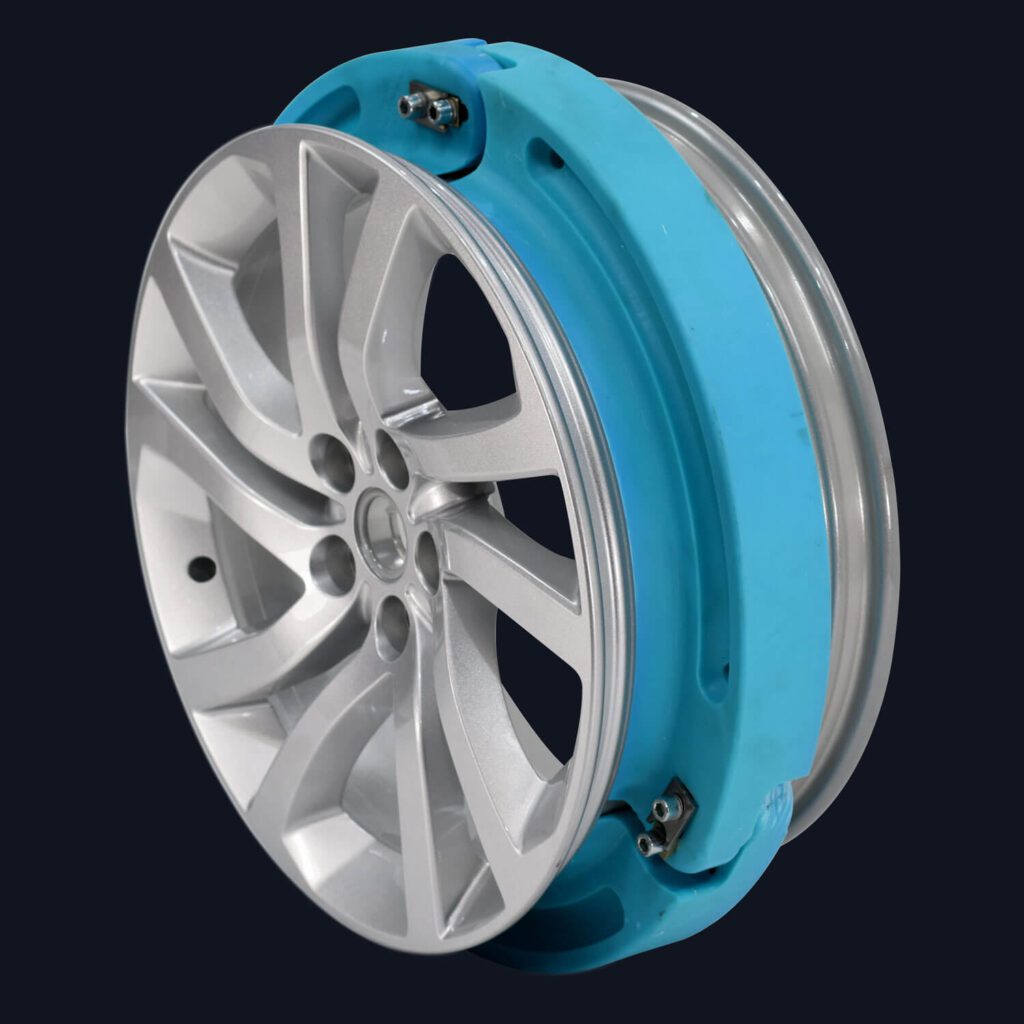- May 15, 2025
- Posted by: feinuojixie
- Category: Injection Molding News


In a world where road safety is a growing concern, even the smallest innovation can make a significant impact. One such advancement is the run flat insert—a discreet yet powerful addition to your tire that allows you to keep driving even after a puncture or blowout. Unlike traditional tire solutions, a run flat insert offers drivers the ability to travel several miles without air pressure, providing precious time to reach safety or a repair shop. This technology, once reserved for armored vehicles and military fleets, is now entering the mainstream consumer market, offering everyone a new level of confidence behind the wheel. As more drivers learn about the capabilities of this unsung hero, the run flat insert is quickly becoming a secret weapon in the quest for safer, smarter travel.


What Is a Run Flat Insert and How Does It Work?
A run flat insert is a high-strength support ring installed inside a standard pneumatic tire. When the tire loses air due to a puncture, the insert acts as a mechanical backup to support the vehicle’s weight, preventing the tire from collapsing completely. Typically made of reinforced rubber or polymer, the insert sits around the wheel’s rim and keeps the vehicle operable for a certain distance—often up to 50 miles at reduced speeds. The concept is elegantly simple yet highly effective: maintain mobility in the event of sudden air loss, keeping drivers safe and in control when it matters most.
The Hidden Benefits of Run Flat Insert Beyond Emergency Use
While the obvious advantage of a run flat insert is continued mobility after a flat, its benefits go far beyond emergency scenarios. One major plus is improved handling during tire failure. Instead of a sudden drop in control, the insert maintains vehicle balance, reducing the risk of skidding or swerving. It also minimizes the need to pull over in dangerous or inconvenient locations, such as highways or isolated areas. Drivers gain peace of mind knowing they can make it to a safe place. Additionally, some systems help preserve the tire’s internal structure, increasing the chance it can be repaired rather than replaced entirely.
Comparing Run Flat Insert to Traditional Run-Flat Tires
Many drivers confuse run flat insert with run-flat tires, but the two are different technologies. Run-flat tires are self-supporting; they have reinforced sidewalls that temporarily bear the vehicle’s load. However, they often come with trade-offs like a harsher ride, higher cost, and limited availability. A run flat insert, on the other hand, allows you to retain your preferred tire brand and model while gaining similar—or in some cases superior—protection. Inserts are also often more durable in rugged environments and don’t rely on tire pressure monitoring systems to function effectively.
How a Run Flat Insert Enhances Off-Road and Military Vehicle Performance
In environments where reliability can mean survival, run flat insert plays a critical role. Off-road vehicles, military transports, and armored cars often operate far from help or on unpredictable terrain. For these applications, tire damage is not just inconvenient—it can be mission-ending. The run flat insert gives these vehicles continued mobility even with fully deflated tires, allowing them to escape hostile zones or reach repair points without delay. This advantage makes it a preferred choice for defense and security operations, as well as for off-road enthusiasts who need dependable performance in remote conditions.
Are Run Flat Insert Compatible with All Tires? What You Need to Know
Compatibility is one of the most common concerns when considering a run flat insert. While they can be installed in many standard tires, they do require wheels that accommodate the insert’s structure. Most systems work best with tubeless radial tires and may need specific rim profiles or bead-locking features to stay secure. Before purchasing, it’s crucial to check with the manufacturer or installer about whether your current setup is compatible. Some inserts are designed as universal solutions, while others are tailored for specific vehicles or wheel sizes.
Installation and Maintenance Tips for Run Flat Insert
Installing a run flat insert isn’t a DIY task—it should be done by professionals with the right tools and experience. The tire must be carefully removed, the insert mounted around the rim, and the tire reinstalled and balanced correctly. Maintenance is relatively minimal, but periodic inspections are recommended during tire changes or rotations. Look for signs of wear or damage to the insert, especially if it has been used during a flat event. Proper installation and occasional checks ensure the system remains reliable over time.
Choosing the Right Run Flat Insert: What to Look For
Not all run flat insert systems are created equal. When selecting one, consider your driving environment and needs. Urban commuters may prefer lightweight polymer models for minimal impact on fuel efficiency, while off-roaders and commercial fleets may need heavy-duty rubber designs for rugged durability. Reputation also matters—choose brands with a proven track record, certifications, and positive customer feedback. Key features to look for include ease of installation, supported speed and distance ratings after deflation, and compatibility with your existing wheels.


The Future of Tire Safety: Why Run Flat Insert Is Gaining Popularity
As vehicle technology advances, the demand for smarter, safer tire solutions is rising. Run flat insert is poised to become a mainstream feature, especially as consumers seek alternatives to space-consuming spare tires. Automakers and tire companies are increasingly recognizing the value of run flat insert in improving customer safety and satisfaction. With innovations making these systems more affordable and accessible, we can expect to see broader adoption across everything from passenger cars to delivery vans and autonomous vehicles.
Run Flat Insert Is Quietly Redefining Vehicle Safety Standards
Though small in size, the run flat insert is making a big impact on how we think about driving safety. It quietly works in the background, stepping in during emergencies to keep drivers safe and mobile. Its growing presence in both civilian and commercial vehicles speaks to its versatility and effectiveness. Whether you’re navigating city streets, rugged trails, or high-stakes missions, a run flat insert might just be the tire upgrade you didn’t know you needed—but won’t want to go without.
